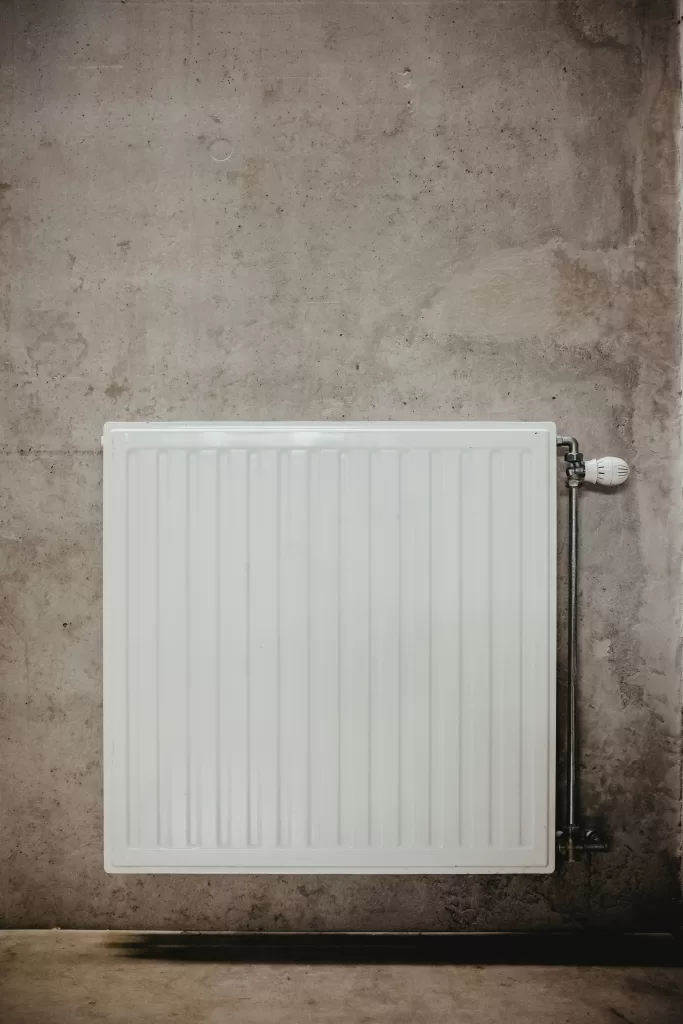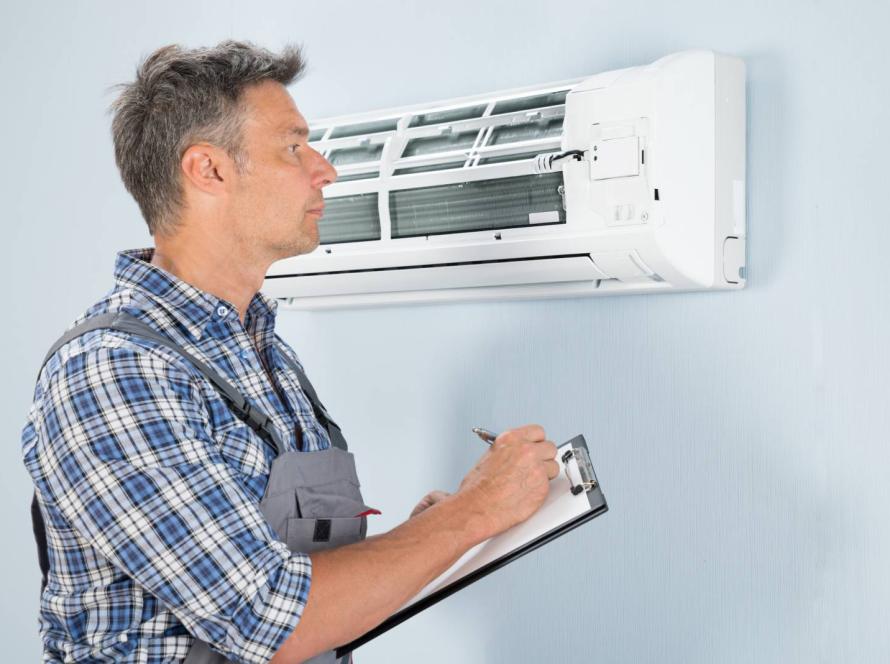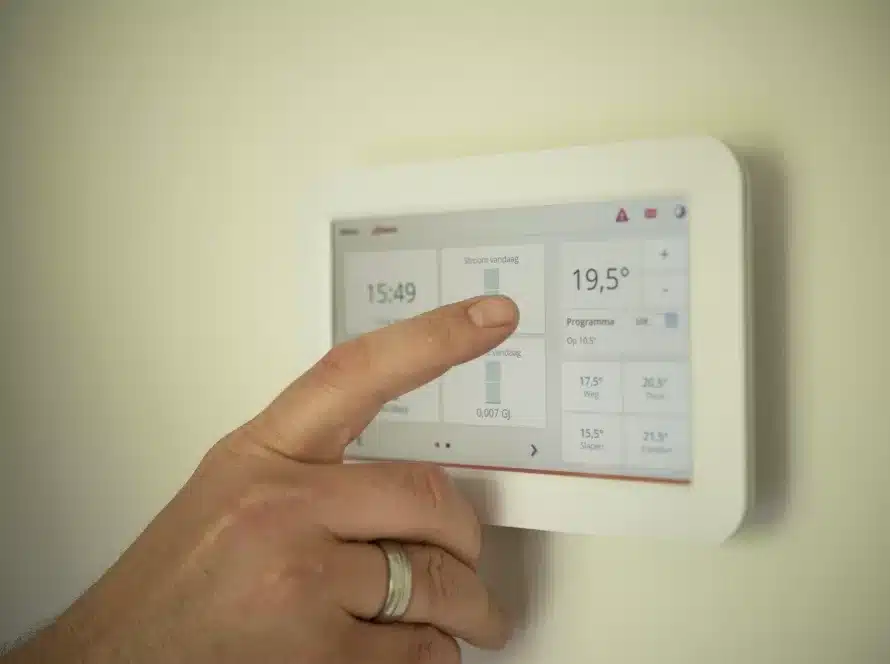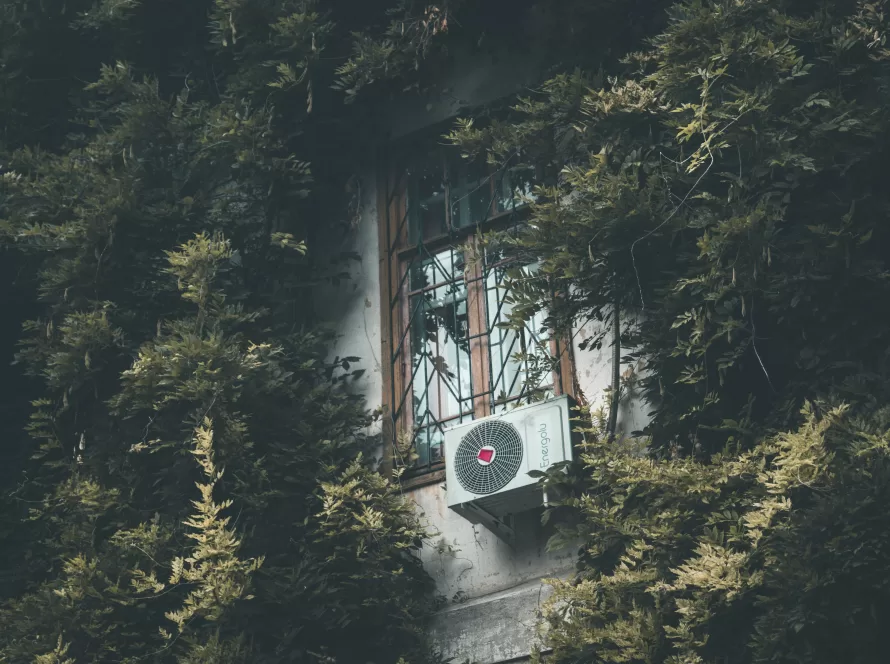For most people, a comfortable, healthy home is not just a luxury; it’s a necessity. We’re not talking about high-end furniture or a comfy bed. At the most basic level, your home should keep you cool or warm and provide access to plenty of hot water for cooking and cleaning.
Comfort and health come at a cost. HVAC systems and water heaters are the heavy hitters for residential energy consumption. If your water heater costs you more yearly, perhaps it’s time for a change!
Many homeowners are installing indirect water heaters.
Imagine indulging in a luxurious, hot shower without worrying about the bill (or running out of hot water). And if the hot shower cost is reasonable, doesn’t it make sense to consider making the change?
We say, “Yes!” But before committing, let’s explore an indirect water heater’s benefits and cost-saving potential.

What Is an Indirect Water Heater?
Indirect water heaters, also known as integrated or combination water and space heating systems, are not new. People have used them in their homes for decades. What’s new is the renewed interest in these powerhouse appliances.
Typically paired with a home’s existing boiler setup, these are sophisticated systems engineered to deliver consistent and efficient hot water to your home. Unlike standard water heaters, which directly heat water using electricity or gas, indirect water heaters operate indirectly through a unique heat exchange process.
Instead of heating water directly, the boiler generates heat. The heat then transfers to the water stored in a separate tank via a heat exchanger or coil,
This method ensures efficient heating while maintaining water quality and avoiding direct contact with the heating source. Essentially, this type of water heater maximizes the efficiency of your boiler system to provide a steady supply of hot water for your household needs.
Components of an Indirect Water Heating System
This system may initially look foreign if you’re used to a standard tank water heater. Let’s break down the components to see how everything works together.
Boiler
The boiler is the primary heat source in an indirect water heating system. First, It heats water or generates steam. Then, the hot water circulates through the heat exchanger or coil to transfer heat to the water in the storage tank.
Heat Exchanger or Coil
This component plays a crucial role in the heat transfer process. When hot water from the boiler flows through the coil or heat exchanger, it transfers its heat to the water in the tank without direct contact.
Insulation
Many indirect water heaters feature insulation to minimize heat loss and improve energy efficiency. The insulation material surrounds the storage tank. It helps to retain heat and reduce standby heat loss.
Thermostat
Most water heaters rely on a thermostat to maintain optimal water temperature and enhance energy efficiency. The thermostat ensures that the water in the storage tank remains at the desired temperature, preventing unnecessary heating cycles and reducing energy consumption.
What if You Do Not Have a Boiler?
If you do not have a boiler, you may wonder if indirect water heating is still a viable option. While boilers are commonly paired with indirect water heaters, they are not the only heat source you can use.
Here are some alternatives to consider:
- Solar thermal systems
- Geothermal heat pumps
Please consult a qualified HVAC professional before selecting an indirect water heater without a boiler. They will help you determine the most suitable heat source for your home’s needs and infrastructure.
Indirect Water Heater Benefits
Before upgrading any home appliance, it’s essential to evaluate the benefits. The two primary advantages here are cost savings and consistency.
Indirect water heaters offer substantial cost savings by leveraging efficient heat transfer mechanisms and integration with existing boiler systems. They use heat generated by the boiler (or other heat source) to warm water indirectly. This minimizes energy consumption, which can result in lower utility bills.
Consistent and reliable — words that define what you want from a water heater — perfectly describe these water heaters. Unlike some traditional water heaters, which may struggle to meet peak demand periods, indirect water heaters maintain a steady flow of hot water.
But wait; consistency and reliability aren’t the only benefits!
Looking for Longevity and Durability?
Tank water heaters are often prone to corrosion and degradation. They usually last 8 to 15 years, depending on the fuel source. An electric water heater typically lasts a bit longer than its gas-fueled cousin.
Thanks to their robust design and construction, indirect water heaters last longer and are more durable than traditional water heaters. They regulate water temperature more efficiently, which reduces wear and tear on the system components.
With proper maintenance, indirect water heaters can provide reliable hot water for up to 20 years (sometimes longer), making them a cost-effective investment.
Indirect Water Heaters vs. Tankless Water Heaters
We’ve compared the indirect water heater with the standard tank, but what about tankless water heaters? They’re also popular for homeowners seeking energy-efficient water heating solutions.
Tankless water heaters heat water on demand using electricity or gas. When comparing efficiency and performance, tankless models are highly efficient. They only heat water when needed.
Where they don’t shine as brightly is in performance.
In larger households, tankless water heaters may struggle to meet the high hot water demand simultaneously, leading to fluctuations in temperature and water pressure.
Indirect water heating provides a consistent and reliable hot water supply, making it suitable for larger households with higher hot water demands.
Making a Cost Comparison
Regardless of which water heater you choose, it’s critical to consider upfront and operational expenses.
If you don’t have the appropriate existing heat source, you may pay higher upfront costs to go indirect. However, due to higher energy efficiency and a longer lifespan, you may enjoy lower operational costs.
Remember, an indirect water heater saves energy because it doesn’t require constant fuel to operate. Standard tank models must call on the heat source anytime the water temperature falls below the setpoint.
Tankless water heaters, on the other hand, have lower upfront costs but may incur higher operational costs, especially in areas with high electricity or gas rates. Even so, a tankless unit should run more efficiently than a standard tank model.
Installing a tankless water heater may require upgrades. You may need to upgrade your electrical system or add gas lines. Either will add to the overall installation expenses.
Leading Indirect Water Heater Brands
When considering indirect water heaters, it’s essential to explore reputable brands. Look for brands known for reliability and quality products.
Some of the leading brands in the market include:
- Amtrol
- A.O. Smith
- Bradford White
- Triangle Tube
- Rheem
Researching your options may take time, but it will be time well spent. You can also talk with your HVAC contractor and ask for their recommendations.
Evaluating Features From Each Brand
When comparing indirect water heater brands, various factors must be considered. Look for these key features and technologies to make an informed purchasing decision.
Tank Material
Evaluate the construction materials used in the tank. Stainless steel or glass-lined steel helps with durability and corrosion resistance.
Insulation
Consider the level of insulation provided by the manufacturer. The goal is to minimize heat loss and improve energy efficiency, so skimping on insulation isn’t helpful.
Heat Exchanger Design
Assess the design of the heat exchanger or coil. You want a heat exchanger designed for efficient heat transfer and optimal performance.
Energy Efficiency Ratings
Look for ENERGY STAR® certified models or products with high energy efficiency ratings. These ratings can make the difference in optimizing cost savings and minimizing environmental impact.
Warranty Coverage
Examine the warranty coverage offered by each brand. This includes coverage for the tank, components, and labor.
How Much Does an Indirect Water Heater Cost?

Investing in an indirect water heater involves various upfront costs, including both equipment and installation expenses. The price of the water heater itself can vary depending on brand, size, and features.
Higher-quality models with advanced technology may come at a higher cost but often offer better performance and durability.
Professional installation is crucial to ensure proper functioning and safety. Installation costs may vary based on labor rates, the complexity of the installation, and any additional materials or modifications required.
While the initial investment may seem significant, it translates into substantial long-term cost savings on energy bills.
Going Indirect Saves On Energy Bills
Indirect water heaters have a reputation for high energy efficiency. Minimizing energy use during heating helps reduce monthly utility bills compared to less efficient water heating systems.
These water heaters also minimize the need for additional energy sources, which can lead to lower operational costs. Pairing them with solar panels is another way to save money.
Durable construction means less wear and tear on the components. Longevity translates into fewer repair and replacement costs over the water heater’s lifespan, further contributing to long-term cost savings.
Have More Questions About Water Heaters?

Compare Quotes from Top-rated HVAC contractors in your area.
Indirect water heaters offer homeowners an efficient solution to save money on energy costs. There’s no reason to feel alone when selecting the ideal water heater for your home.
Partner with Alphaliving to connect with top-rated HVAC and plumbing contractors. Enter your zip code to receive instant contact information for professionals who can assist you.
It’s the easiest thing you’ll do today!





Facebook
Comments